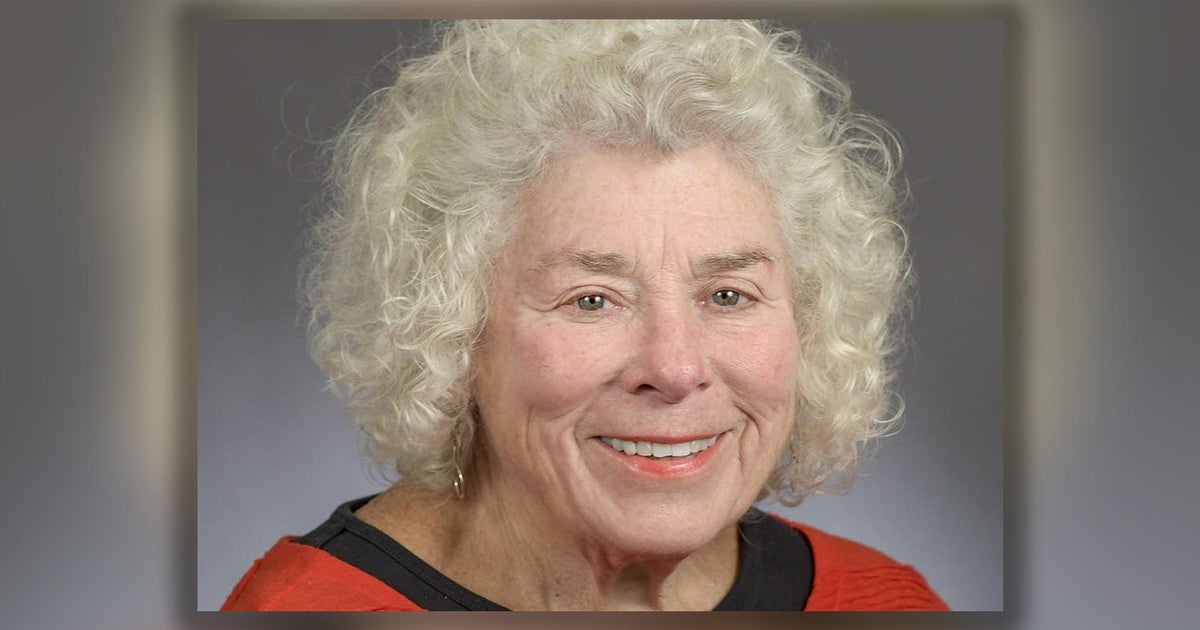Leaders Say Minot Flood Is Lesson For Fargo Area
FARGO, N.D. (AP) -- A devastating flood in North Dakota's fourth-largest city that wiped out thousands of homes and businesses shows why people in the Fargo and Moorhead, Minn., area should fund a $1.8 billion Red River diversion project, state and local leaders say.
Right now there's not enough money to pay the bill, North Dakota Sens. Kent Conrad and John Hoeven said Wednesday during a Senate Budget Committee hearing in a city commission room where Fargo leaders have mapped out strategy to fight three straight major floods.
"Those of us on the budget committee, we do have to try and get things to add up," Conrad said. "And right now they don't add up."
The senators and several witnesses used the Souris River flooding in Minot to make the case for permanent flood protection. A similar flood in Fargo-Moorhead, an area of about 200,000 people, could result in losses of $6 billion, Fargo Mayor Dennis Walaker said. Conrad said it could be higher.
"People have to take that as a lesson," Walaker said, referring to Minot, "that dams and dikes are not the answer for the F-M area."
The federal government would pay $785 million for its share of the diversion, leaving a $985 million tab for state and local entities. While Conrad said "everybody is going to have to stretch," the first roadblock appears to be how much money Minnesota will pony up for the project.
A metro flood study group said Minnesota should pay $200 million. Some state officials have said they would only commit to $100 million.
"The state of Minnesota has to make a commitment. That's only fair," Conrad said.
North Dakota had pledged to fund one-half of the non-federal, non-Minnesota share, which originally was estimated to be $300 million. That figure has increased, but the state is on solid ground primarily because of an oil boom.
Residents in Fargo and Cass County last fall approved a half-cent sales tax to help pay for permanent flood protection, but Walaker said the city cannot afford interim flood protection, too. He said Fargo taxpayers will be asked to extend a separate half-cent infrastructure tax to help protect the city to 43 feet, or 25 feet above flood stage.
"That is our dilemma," Walaker said.
A sales tax is not an attractive option for Moorhead, said Mark Voxland, the city's mayor. He said the state of Minnesota prefers to keep its sales tax money and has strict guidelines on local taxes, of which only about a half-dozen have been approved by the Legislature.
"The process gets to be very difficult," Voxland said.
The project has met opposition from several communities downstream of the north-flowing river that stand to lose houses, churches, businesses, precious farmland and school district revenue. The Army Corps of Engineers said about 1,000 people would be impacted under the current diversion layout.
Cass County Commissioner Darrell Vanyo said he has the "deepest empathy and concern" for the people who would be displaced by the diversion. He promised they would be "made whole financially," but acknowledged that it would take an emotional tool.
"But can we in this region afford to say that we do not wish to grow anymore?" he asked.
(© Copyright 2011 The Associated Press. All Rights Reserved. This material may not be published, broadcast, rewritten or redistributed.)



